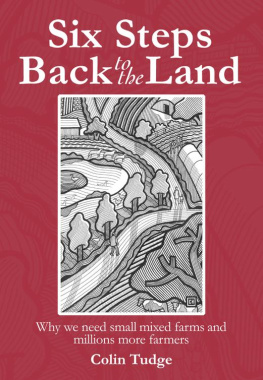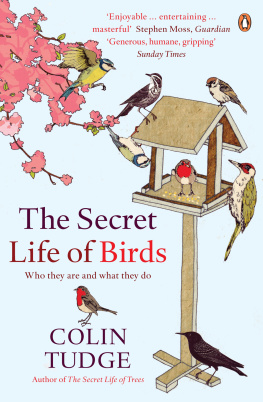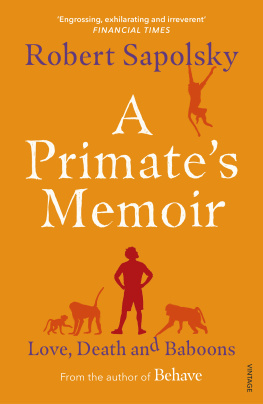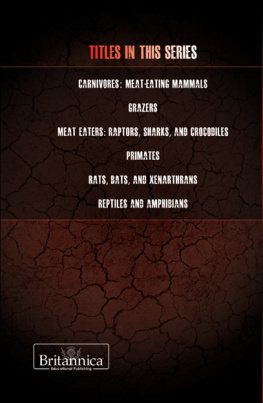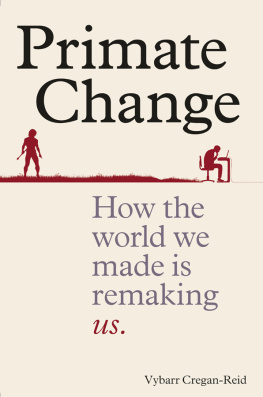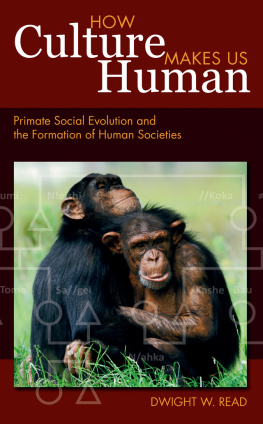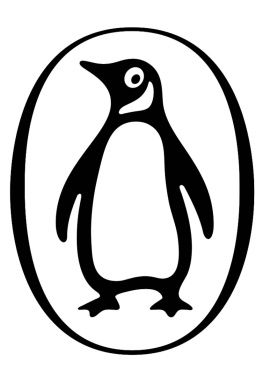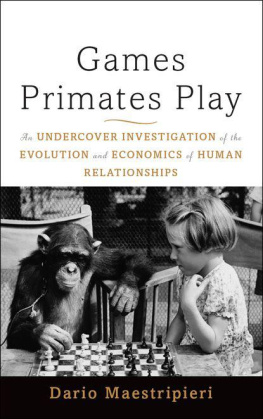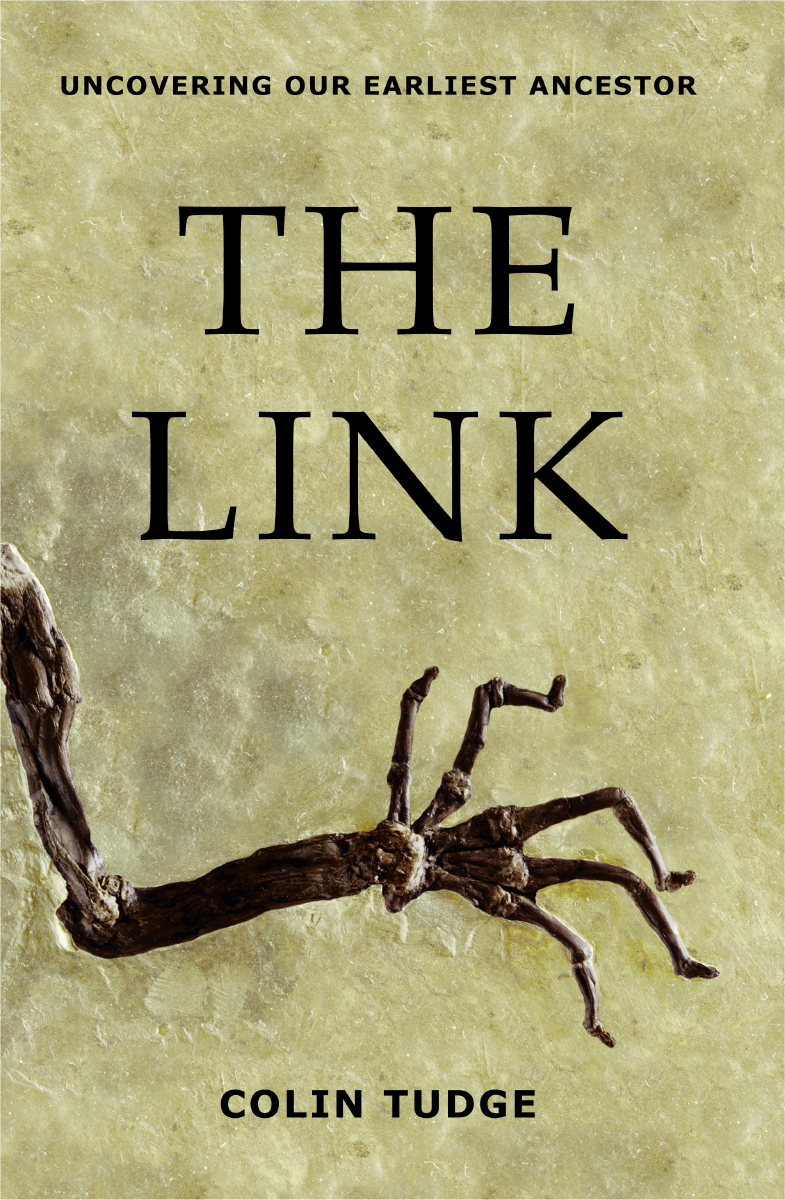Copyright 2009 by Chevalier Limited
All rights reserved. Except as permitted under the U.S. Copyright Act of 1976, no part of this publication may be reproduced, distributed, or transmitted in any form or by any means, or stored in a database or retrieval system, without the prior written permission of the publisher.
Little, Brown and Company
Hachette Book Group
237 Park Avenue, New York, NY 10017
Visit our website at www.HachetteBookGroup.com.
www.twitter.com/littlebrown.
First eBook Edition: May 2009
All photographs copyright of Atlantic Productions, all X-rays copyright of Jrn Hurum, University of Oslo, and all illustrations copyright of Zoo.
Little, Brown and Company is a division of Hachette Book Group, Inc. The Little, Brown name and logo are trademarks of Hachette Book Group, Inc.
ISBN: 978-0-316-07645-6
To Ida
FOREWORD
W hen I first saw an image of this remarkable fossil, I couldnt sleep for two nights. I never imagined that I would see and be able to work on such a unique specimen. It has truly been a once-in-a-lifetime experience.
Without the foresight of the museum director, Professor Elen Roaldset, and the support of the board of the Natural History Museum at Oslo University, none of this would have been possible. Maybe this specimen would even have ended up in another private collectionunseen by the scientific community and unknown to the world at large.
I feel privileged to have been the first scientist to describe the specimen and to have been able to collaborate with some of the worlds best scientists in the field. Jens Franzen of the Senckenberg Research Institute in Frankfurt has worked tirelessly with me to describe the specimens anatomy. Without Jrg Habersetzers cutting-edge X-rays and CT scans, we would not have been able to draw the detailed conclusions that we have. Wighart von Koenigswald of the Steinmann Institute for Geology, Mineralogy, and Paleontology at the University of Bonn described the specimens preservation, and Philip Gingerich and Holly Smith of the Museum of Paleontology and Museum of Anthropology respectively, at the University of Michigan, Ann Arbor, have been invaluable with their deep understanding of primate anatomy and especially dentition. In building my dream team, I have met some incredible academics and made lifelong friends.
But this journey has not been only an academic one. When one works on a primate, and a primate that could be a distant ancestor of ours, one cant help forming a personal bond with the specimen. This fossil will stay with me for the rest of my lifea snapshot in time of a young girls life. It often reminds me of my own little girl growing up at home, and that is why I came to name the fossil after herIda.
The authors of this book, Colin Tudge and Josh Young, have described our research and the wider story of Ida beautifully. It is an unfolding tale that I hope will capture the readers imagination of this period of our own evolution.
A special thanks to Anthony Geffen, the founder and creative director of Atlantic Productions, London, and his documentary team, who realized the possibilities in Ida and managed to tell her story to the world.
Jrn Hurum, 2009
CHAPTER ONE
DISCOVERING IDA
I n the glow of a gibbous moon, a petite being moves through the palm trees surrounding a lake that seems almost impossibly pristine. The small creature living in this lush tropical forest has a light coat of fur, and shes less than two feet (half a meter) tall. With forward-facing eyes, her elongated head is slightly overproportioned to her body, suggesting intelligence. Her legs are a bit longer than her arms, allowing her to climb trees and move between them to avoid dangers on the ground below.
This is Ida, less than a year old and just weaned from her mother. She now has the freedom to roam, climb, and fend for herself. Moving as though shes chasing down the wind, she pushes off one branch with her feet, using her tail like a rudder to guide her, and then grasps the next branch with her long fingers. She secures her position with her toes, all of which are of nearly equal length and used for nothing except movement. Her opposable thumbs enable her to gracefully grab and go.
As she searches for her next meal, Ida ignores the varieties of insects, easy targets all, and settles on a piece of fruit. She wraps her hands around the fruit, pulls it from its branch, and pops it into her oblong mouth. Moving her jaw rhythmically, she chews the fruit with her rounded teeth. For a living being, searching for food in any forest would usually be a rather straightforward processwere it not happening 47 million years ago in this particular forest, by this particular lake.
The rain forest where Ida lives would be recognizable to us but not identical to any we have seen. It is a sight to behold, and though its features are relatively common for its time, its a place that could only have been made by a special confluence of events. It has a warm and equitable climate that stimulates the growth of its plants and trees, making life comfortable for its inhabitants. Palm trees with large root masses shoot into the air, as do cycads, which have a stout trunk at their base and large, tightly wound bundles of leaves at the top. Pygmy horses prance the verdant land. Opossums and armadillos share space with giant mice and salamanders. Birds with woodpecker-like beaks and short wings fill the air, but there are also powerful flightless ground-dwelling birds six feet (almost 2 meters) tall that are feasting on mammals. Large insects protect themselves by imitating tree leaves. Rat-size longfingers with tails twice the length of their bodies rip bark from the trees with their two clawlike fingers in hopes of finding insect larvae. Anteaters seethe as they eye giant ants an inch (2.5 centimeters) long, but these ants often make last-second getaways by spanning their wings a full six inches (15 centimeters) and beating a retreat.
In the center of the forest sits the lake, which is an endless source of fascination for the creatures living around it. The crater it fills was formed by a volcanic eruption thousands of years before Ida was born. Deep underground, the earths crust split, sending boiling-hot molten magma rushing toward the surface. Just before the magma broke through the surface, it collided with a layer of groundwater and instantly turned into steam, a process that eliminated all the lava. This reaction caused an explosion that blew out a large chunk of earth and left behind a vast crater a mile (1.6 kilometers) wide and more than eight hundred feet (250 meters) deep known as a maar lake.
Over time, the hole filled with a combination of groundwater seeping from below and rainwater trickling down from the heavens, and a lake was created. Though there are a few streams, no rivers flow in and out, so the water in the lake remains relatively still. Because of the lack of currents, the water at the bottom is cut off from the upper layers and unable to draw down oxygen from the atmosphere above. All the fish live near the top, and there are no scavengers prowling the lake floor.
The lake is so rich in algae that from above, it resembles a green eye in the middle of the rain forest. As the surface algae die, they sink to the bottom and turn to slime. Eventually the slime turns to mud. The combination of this heavy mud and an almost total lack of oxygen kills nearly all the bacteria, allowing any creature that perishes and sinks to the bottom to rest virtually undisturbed for eternity.
The lake is the heart of this forest ecosystem, and it sustains a diverse array of life. At the waters edge, enormous crocodiles patrol their territory, and frogs make a



